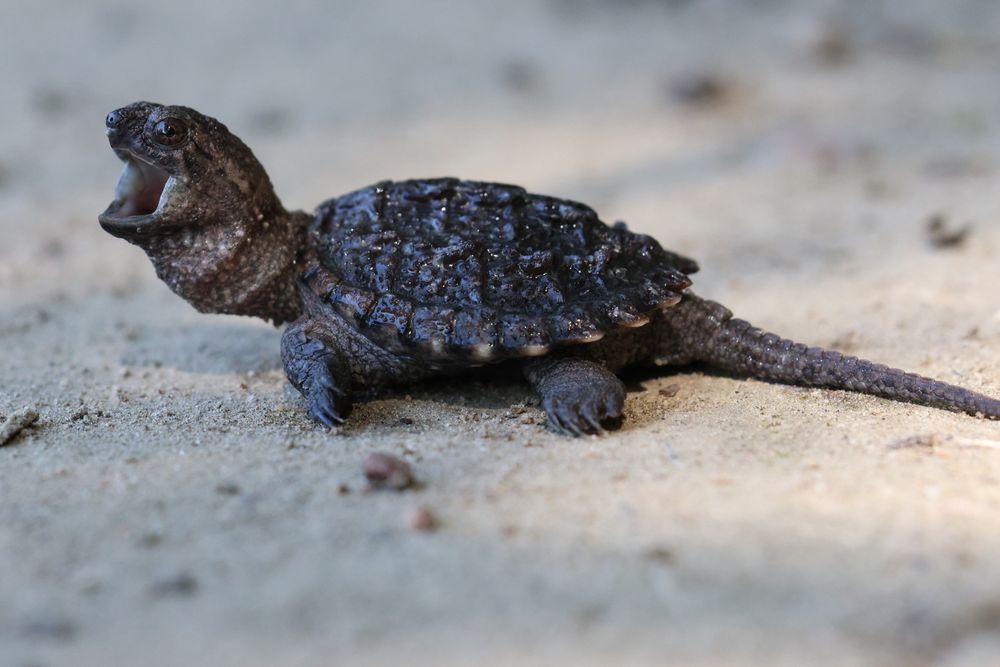Reposted by: Stephanie E. Hampton, Julie L. Lockwood

by Stephanie E. Hampton — Reposted by: Michael T. Meyer
"Trophic state" in lakes is one of those concepts! It really makes a difference which definition we use... @mishafredmeyer.bsky.social
esajournals.onlinelibrary.wiley.com/doi/10.1002/...

Reposted by: Stephanie E. Hampton
eos.org/features/whe...
Read more in our September issue: bit.ly/Eos-Sept2025

Reposted by: Stephanie E. Hampton
Please read and share: iaglr.org/releases/sur...
Reposted by: Stephanie E. Hampton, Lisa W. Fazio
Reposted by: Stephanie E. Hampton

Reposted by: Stephanie E. Hampton
@sehampton.bsky.social
www.ucdavis.edu/news/schiff-...

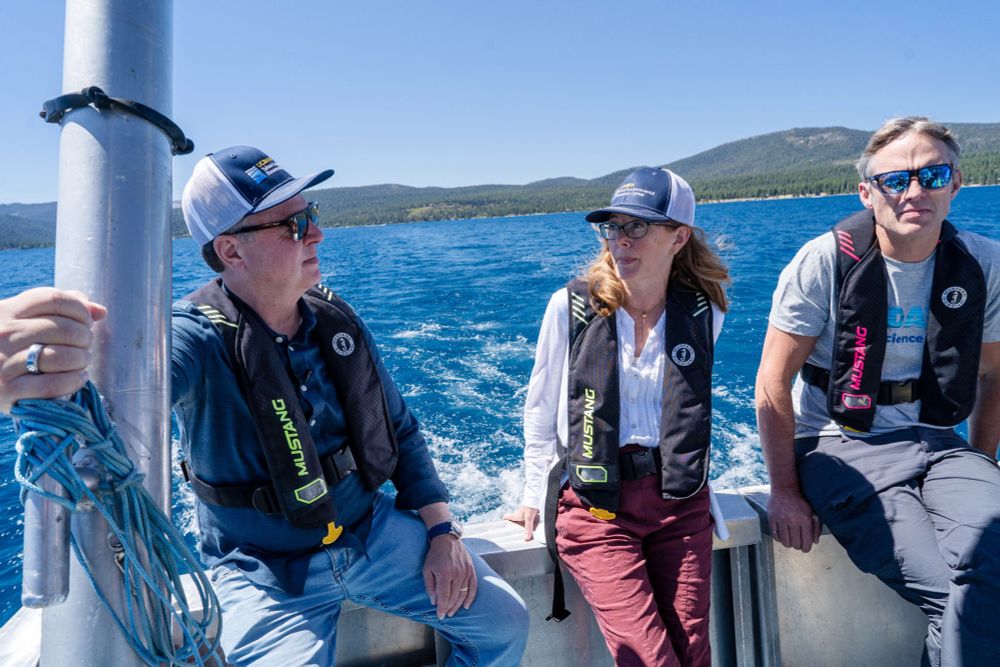
by Stephanie E. Hampton — Reposted by: Andrew L. Rypel


Reposted by: Stephanie E. Hampton, Scott C. Doney, Ken Caldeira

Reposted by: Stephanie E. Hampton, Tim Minshall
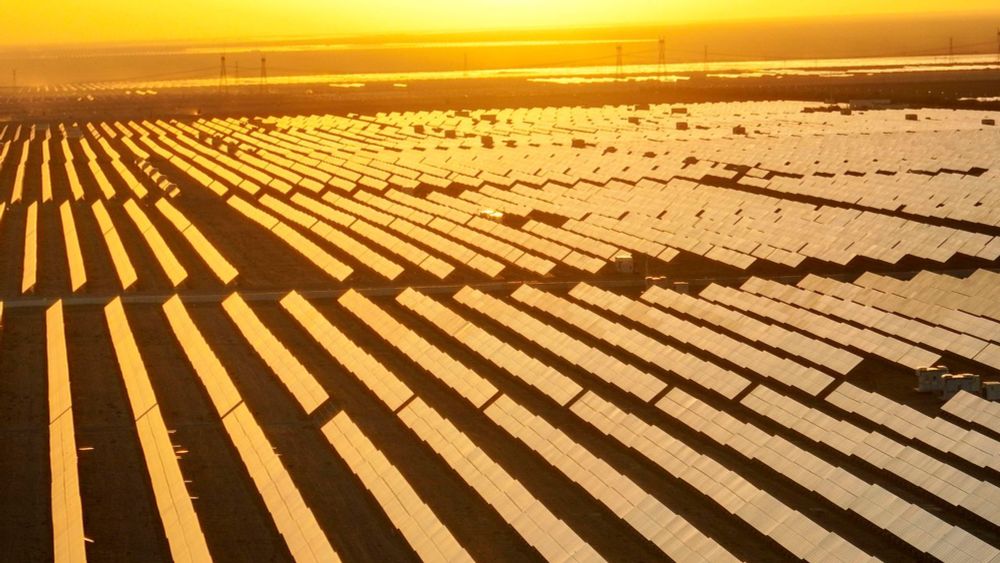
by Andrew L. Rypel — Reposted by: Stephanie E. Hampton
californiawaterblog.com/2025/06/29/b...

by Stephanie E. Hampton — Reposted by: Andrew L. Rypel
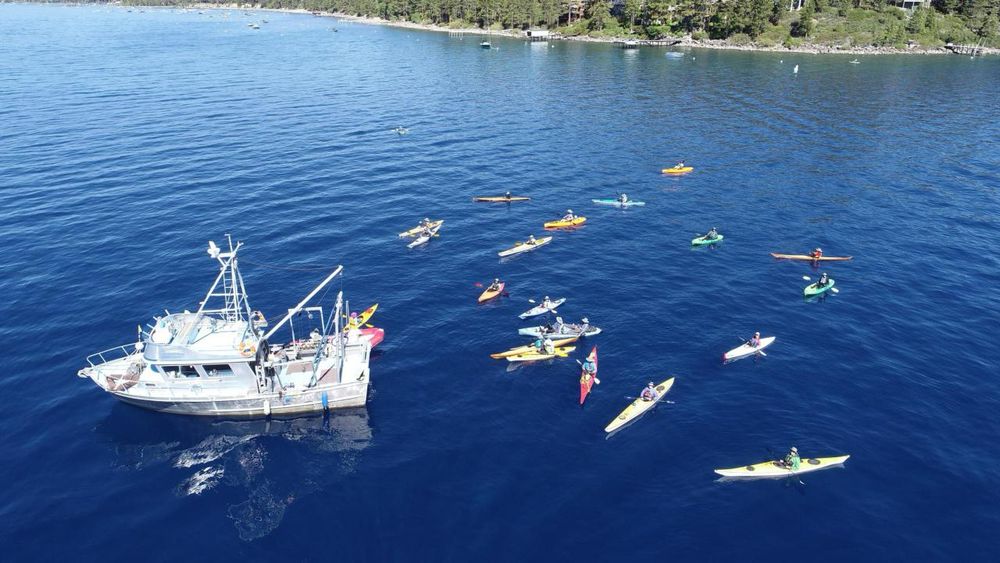
Reposted by: Stephanie E. Hampton
eos.org/articles/pre...

Reposted by: Stephanie E. Hampton, Clark Gray
www.research.gov/grfp/Awardee...
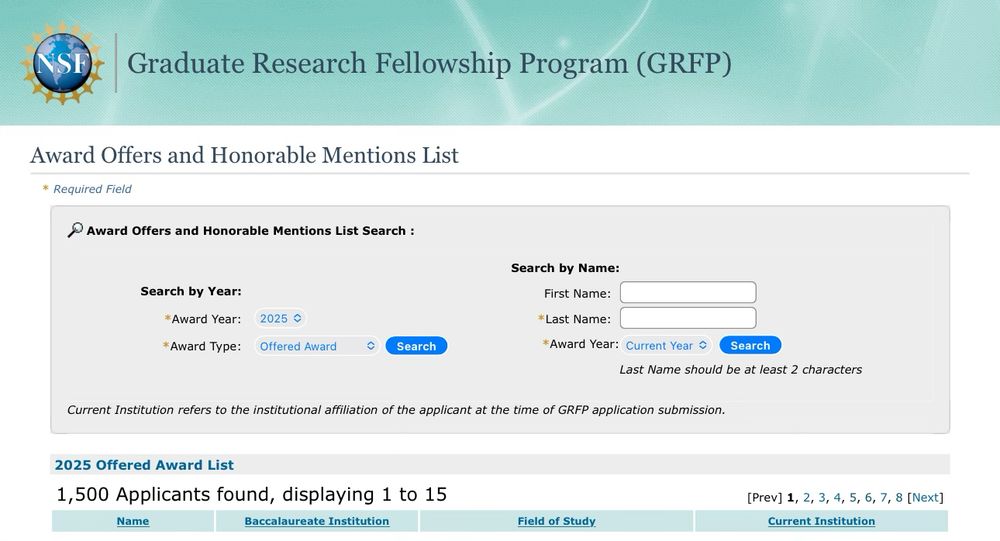
Reposted by: Stephanie E. Hampton

by Stephanie E. Hampton — Reposted by: Michael T. Meyer
Reposted by: Stephanie E. Hampton, Michael T. Meyer, Andrew L. Rypel
"Autumn as an overlooked opportunity for limnology"
journals.plos.org/climate/arti...
@sapnasharma.bsky.social @joshculpepper.bsky.social @cearatalbot.bsky.social @mishafredmeyer.bsky.social @sehampton.bsky.social
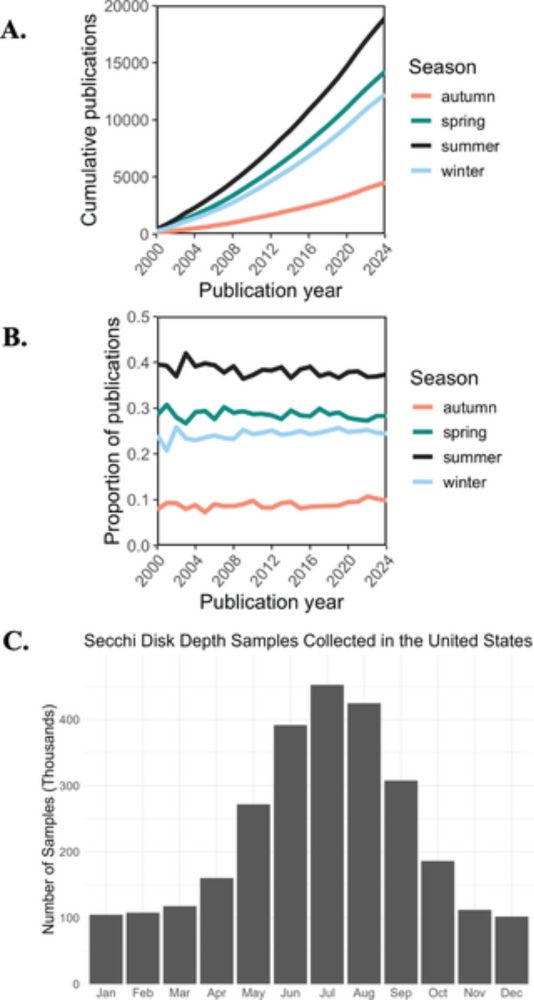
Reposted by: Stephanie E. Hampton

Reposted by: Stephanie E. Hampton
www.npr.org/2025/06/08/n...
#ClimateRisk #Flooding #DisasterRisk #Resilience
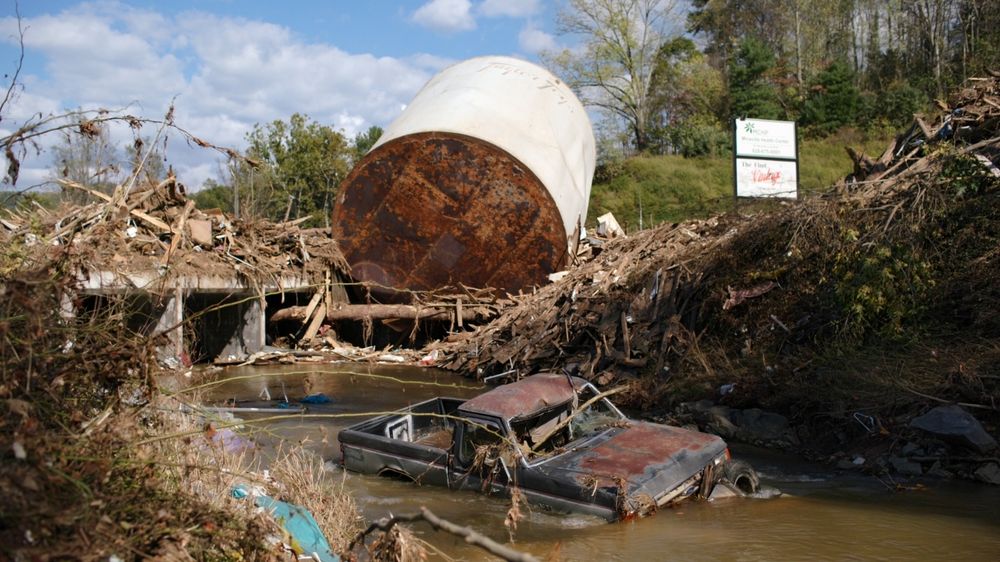
by Dawn J. Wright — Reposted by: Stephanie E. Hampton
www.science.org/doi/10.1126/...

Reposted by: Stephanie E. Hampton

by Dawn J. Wright — Reposted by: Stephanie E. Hampton
Explore SWOT data and its potential applications in this training series: go.nasa.gov/4jcVk5J
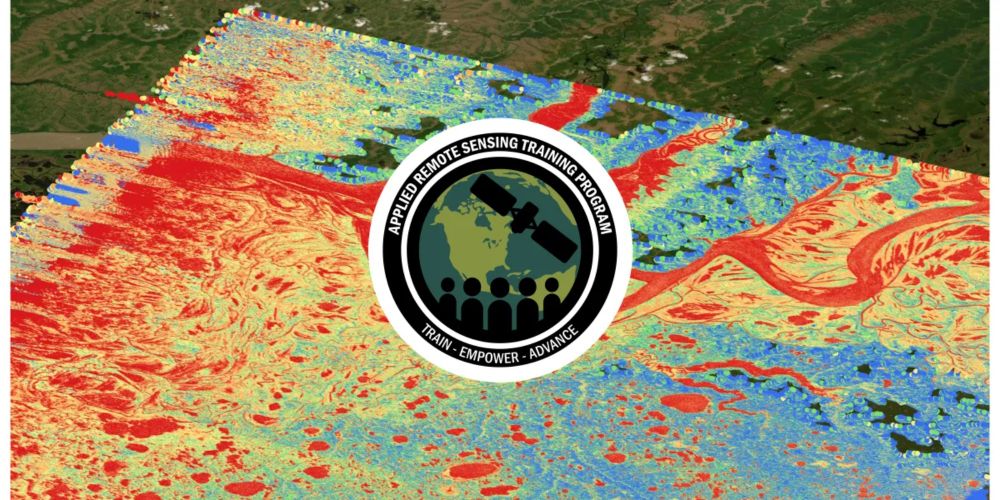
by Dawn J. Wright — Reposted by: Stephanie E. Hampton
May 27-29, 2025 on Zoom
www.deepoceanobserving.org/pages/2025-a...

Reposted by: Stephanie E. Hampton

Reposted by: Stephanie E. Hampton
Learn more: scim.ag/3GzVNRq
